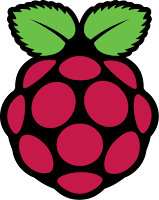Excluding devices from PiHole

I setup Pi-hole on a Raspberry Pi I had left over from the IIgs / Slirp days, that's since been tasked with being a VPN server (but has gobs of excess capacity). Problem: At least one Apple TV app ( WE tv ), worked for everything but actually watching a show; it would sit on a black screen with a spinning grey wheel , forever. Since it's an ad supported app, I figured (correctly, as it turns out) that Pi-hole was interfering. Excluding a device from Pi-hole's DNS-based ad blocking was a bit less straightforward than I'd anticipated, so I figured I'd write it up here. In the Pi-hole admin, expand Group Management in the left pane, and select Groups: In this case, I created a group named AppleTV, and left it Enabled: Then, under Group Management | Clients, for each device you want to exclude from Pi-hole, dig through the "Known clients" list to find each one and add it: Then, under the "List of configured clients," under "Group assignment,




